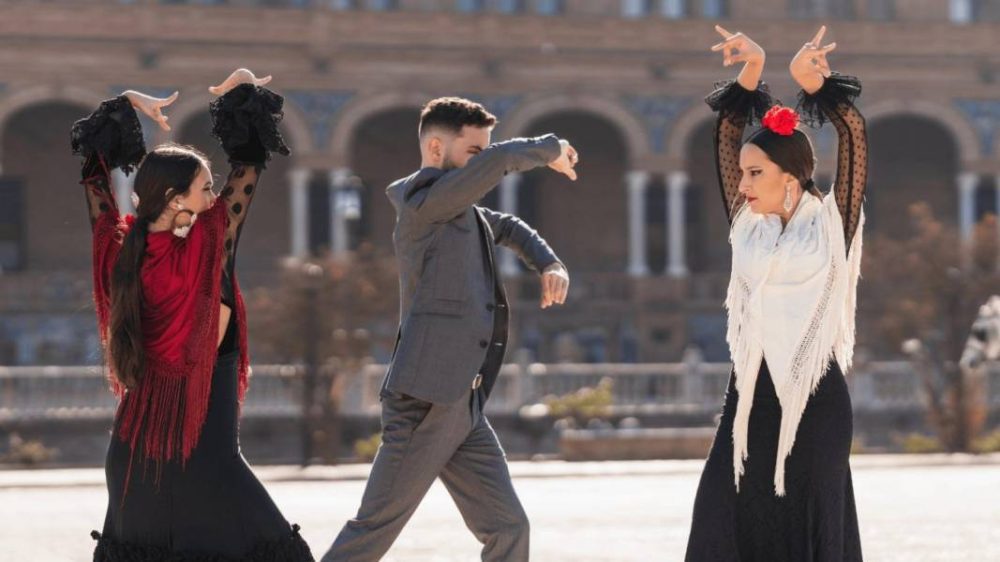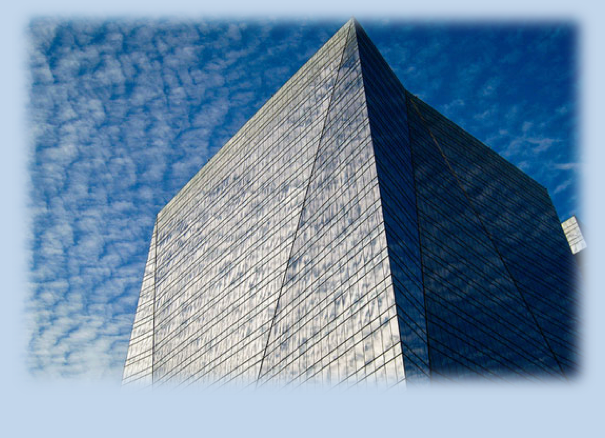What if a night out in Spain could involve sound, movement, and raw emotion? This is known as the magic of Flamenco, a vibrant cultural expression that captures the spirit of southern Spain. For travelers who want more than sightseeing, Flamenco offers a deep connection to local tradition.
Before diving into the rhythm of Andalusia, many visitors prefer staying connected with a Spain data esim that allows them to explore local events, venues, and history on the go without worrying about roaming charges or losing connection. Flamenco is more than just a show; it’s a heartbeat.

The Heartbeat of Andalusia: Where Flamenco Was Born
Flamenco started in Andalusia, a region in southern Spain known for its colorful cities and passionate culture. This is expressive art form grew from the mix of Gypsy, Moorish, Jewish, and Andalusian traditions. It began as a personal and emotional outlet, performed in homes, patios, and gatherings, not on big stages.
The music uses intense guitar melodies, powerful singing, and clapping rhythms. Dancers add a visual layer, telling stories through movements, footwork, and facial expressions. Watching a Flamenco show in Seville or Granada is not just entertainment; it’s witnessing a legacy passed down through generations. Many tourists now plan their trips around Flamenco festivals, often guided by tools like a Spain esim to find authentic experiences across cities and towns.
Dancing with Fire: The Power Behind the Movements
Flamenco dancing is not only about perfection. It’s about emotion. The dancer uses body language and rhythm to tell a story of love, pain, pride, or joy. The movements are sharp, dramatic, and often unpredictable. Every stomp or twirl has a purpose.
Costumes also play a big role. Women usually wear long dresses with flared bottoms and ruffles, while men often wear tight trousers and vests. The clapping (palmas) and footwork (zapateado) are quite important as the music, creating a powerful beat that echoes through the room. This physical intensity makes Flamenco different from many other dance forms. It’s raw, real, and full of soul.
The Music Speaks: Guitar, Song, and Soul
If dance is the body of Flamenco, music is the soul. Flamenco guitar is not just like a normal guitar — it’s faster, sharper, and passionate. The guitarists play complex rhythms while reacting to the dancer’s steps and the singer’s voice. It’s a group effort that’s always changing based on the moment’s mood.
Singing in Flamenco, called “cante,” carries deep emotion. It often sounds like a cry or a plea. Some songs are full of sadness, while others are joyful or full of strength. Even if you don’t understand the Spanish lyrics, the feelings behind the voice are easy to feel.
Many Flamenco songs discuss real life, including family, heartbreak, struggles, and survival. That’s why this music connects with so many people, even those hearing it for the first time. It’s not just about technique; it’s about truth.
A Living Tradition: Where to Experience It Today
Flamenco is not stuck in the past. While it stays true to its roots, it has grown with the times. Today, you can see Flamenco in small bars called “tablaos,” in large theaters, or even on the street during local festivals. Cities such as Seville, Córdoba, and Jerez de la Frontera are famous for their Flamenco scenes.
There are some Flamenco schools where young dancers and musicians learn from masters. Many families in Andalusia pass on their love for Flamenco from one generation to the next. Tourists may even try to take beginner classes or attend workshops to understand the basics of this powerful tradition.
Technology also helps bring Flamenco to more people. With a rapid search or a live stream, travelers can find shows nearby, guided by travel tools and mobile access. This is why travelers often rely on a Spain data esim to keep track of events and never miss out on the real Flamenco experience.
More Than Art: Flamenco as a Way of Life
Flamenco isn’t just about music or dance; it’s a way of life. For many people in Spain, it’s tied to identity, emotion, and pride. It brings people together at a big festival or a small family gathering. Locals try to break into song or clapping rhythms during a dinner or street celebration. It’s natural and unplanned, just like the spirit of Flamenco itself.
UNESCO recognized Flamenco as part of the Intangible Cultural Heritage of Humanity. This shows how deeply rooted and respected this tradition is, not only in Spain but around the world.
For travelers, experiencing Flamenco is about stepping into someone else’s story — feeling their joys, struggles, and traditions. It’s a rare chance to connect beyond language and culture through something as simple as a song or a foot stomp.
Feel the Rhythm of Spain
Flamenco is not something you just watch; it’s something you feel. It’s a fiery mix of music, dance, and passion that draws you in, whether in a crowded theater or a quiet village square. With the help of a Spain esim, exploring Flamenco becomes even easier and more rewarding. From the sounds of the guitar to the power in every dancer’s step, Flamenco provides you a taste of Spain’s soul, unforgettable, unfiltered, and full of life.
HedgeThink.com is the fund industry’s leading news, research and analysis source for individual and institutional accredited investors and professionals

































